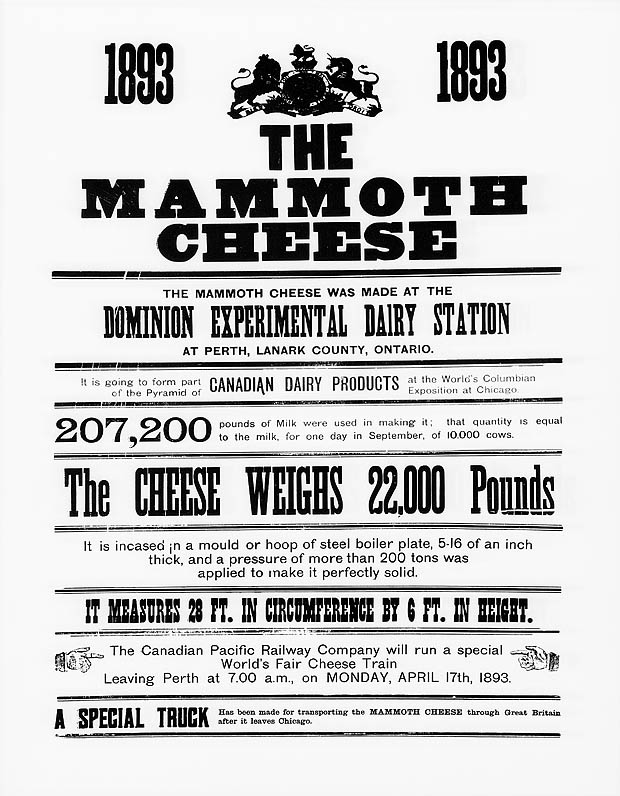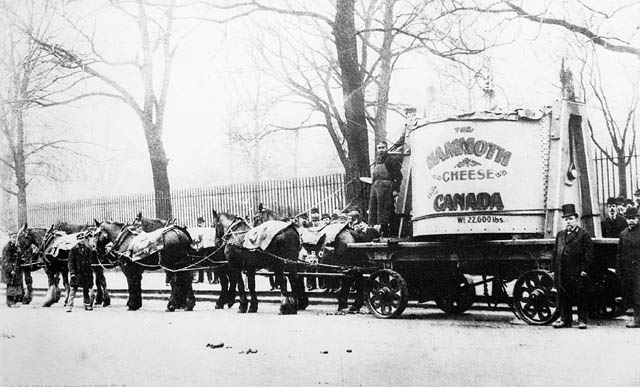In honour (note the "ou" spelling) of Canadian Thanksgiving, this week's video looks at the word and the history of "turkey":
As often happens, I really over-researched for this one, so I have lots of extra material which didn't make it into the video. Some of this I'll put into this blog, but I think I have enough left over to make another Thanksgiving-related video next year. You can check out all the sources I drew on in the show notes page, but in particular I'd like to call attention to Dan Jurafsky's excellent book The Language of Food: A Linguist Reads the Menu. A version of his chapter on the turkey can be found on his blog here.
Of course Thanksgiving is all about the harvest. The word harvest comes from the Proto-Indo-European root *kerp- which means "to gather or pluck", and the Latin form of this word, carpere, also eventually gives us the word ‘scarce’ which develops from the sense of being "plucked out" and therefore "rare", which reminds us of the scarcity of food in all of these settlements. That Latin word is perhaps most famous from the phrase carpe diem, usually translated as "seize the day", but the metaphor at work there is really a harvesting metaphor, like "harvest your crops when they're ripe before they go bad!" And this PIE root *kerp- goes even further back to the form *(s)ker- which means "to cut or shear", eventually giving us many English words, including "to share" from the idea of a division or portion — so sharing gets around scarcity, another important reminder of those early European settlements and the help they received from Native Americans. This root also leads to the Latin word caro/carnis "flesh or meat", as in the English word carnivore, which might again remind you of your Thanksgiving turkey.
On the subject of the harvest and agriculture, there is the story in Greek myth of Persephone and Demeter, which I discussed in my video "The Story of Narrative". And of course there are many harvest festivals in many different cultures around the world. One worthy of note here, I suppose, is Lammas, the first harvest festival of the agricultural year in England, held August 1st when the wheat crop comes in, and involving bread specially made from that "first fruit" of the harvest. This harvest festival goes back to the Anglo-Saxon period, and the word Lammas comes from loaf-mass--remember the bread made from the wheat harvest--so this connects us with my video on the word "Loaf".
Another interesting English harvest festival is St. Martin’s Day or Martinmas, which falls on Nov. 11, and which picked up its elements of feasting and harvest celebration in addition to its religious elements after the fact, because of its timing. It’s connected with eating goose, though, not turkey, because of a story about its eponymous saint, Martin of Tours, who upon hearing that he was to be made a bishop and not wanting the job, tried to hide in a goose pen until the cackling of the geese gave him away. Geese are known as good alarm animals, as in the famous story of the geese in the Temple of Juno in Rome who awoke the sleeping Romans, warning them of a nighttime attack by the Gauls, according to the Roman historian Livy. And strangely enough guineafowl (yes them again) have a similar reputation, and even today are often kept with other barnyard poultry to warn of and even scare off birds of prey. But as for the roast goose, it also used to be the main Christmas fowl of choice in England, until it was replaced by the turkey.
Getting back to Thanksgiving itself, during the American Civil War, Abraham Lincoln was the first president to make Thanksgiving an annual national holiday (in 1863), basing it off the New England traditional harvest thanksgiving festival and fixing it on the last Thursday in November — with the express goal of fostering national unity. The driving force behind Lincoln’s decision was the author Sarah Josepha Hale, the editor of Godey’s Lady’s Book, the most influential women’s magazine in the US—the Martha Stewart of her time, who was also trying very hard to create national unity. For instance, in her fiction she often wrote stories of romances between northerners and southerners, with nice happy endings. She is also notable for having written the famous children’s poem "Mary Had a Little Lamb", which has the distinction of being the first recording made by Thomas Edison on his new invention, the phonograph (an invention I previously covered in my video "Bug"). Hale may also be responsible for introducing several important Christmas traditions into America, when she reprinted a picture of Queen Victoria, whom she admired as the ideal role model for women, celebrating Christmas with her family around the Christmas tree, a custom that Victoria's husband Prince Albert had imported into England from his native Germany (a fact previously mentioned in my video "Yule"). And Hale’s idealized and romanticized literary portrayals of Thanksgiving feasts did much to catch the popular imagination. She was, after all, one of the biggest trend-setters of her day. So we have Hale to thank for the whole "holiday season", I suppose.
Because of Thanksgiving’s New England roots, and Lincoln’s Unionist intentions, it's not surprising that the holiday was not initially popular in the Southern states; they took a long time to embrace its celebration. There’s therefore no small irony in the fact that the debate about the ‘First Thanksgiving’ comes down mainly to a rivalry between Plymouth in the North and Jamestown in the South. Nonetheless, since Thanksgiving was only the second national holiday (after Independence Day) to be established, it has since gained strong patriotic significance.
When Hale cooked up the idea of the Thanksgiving holiday, she didn’t initially invoke that feast at the Plymouth colony. The story itself had been entirely forgotten, in fact, until 1841, and the discovery of a letter by Edward Winslow, one of the Plymouth leaders, written to attract more colonists, and mentioning a feast involving some of the native population. On this evidence Alexander Young, who first published the letter, described the feast explicitly as “the first thanksgiving”, and the story eventually became attached to Hale’s efforts to promote the holiday. And the fact that the New Englanders had tended to serve turkey at their own harvest celebrations focussed attention on the mention of wild turkeys in the account from 1621 in the journal of William Bradford, another Plymouth leader, though he makes no specific mention of a feast.
But getting back to the turkey itself, in Turkish, the word for turkey is "hindi", or in other words a reference to India, and in a number of languages, such as Hindi and Portuguese, the word for turkey is essentially "Peruvian". Not that the turkey comes from Peru, but at least it's a closer guess than Turkey or India. I guess that the Portuguese, who are so implicated in this story, at least knew they weren't from Turkey. I suppose "Peruvian" would have been a better name for the guinea pig, though! In any case, there's a Wikipedia page with various words for turkey in different languages, if you want to look further -- the Japanese "seven-faced bird" is particularly evocative, and my friend Moti at The Ling Space mentioned in a comment on the video that it's because of its colourful face and feathers, since 7 is often the number used to denote 'numerous' in Japanese -- though why Tamil has "sky chicken" is beyond me. Also have a look at this fun article by Gretchen McCulloch for more discussion of the topic.
Of course the word turkey has gained a number of slang senses in modern English, such as a stupid person or an unsuccessful film, both due no doubt to the reputation of the turkey as a particularly stupid bird. Cold turkey, as in to quit cold turkey, probably develops from the idea of the turkey being served without preparation. And "to talk turkey" supposedly comes from a "humorous" story of a swindling colonial and native American dividing up the spoils of their hunting together, with the colonial "talking the turkey" for himself, and leaving the less desirable animals to his companion. Whether true or not, this story does I suppose reflect something of the nature of the relationship between the American colonists and the indigenous population.
And this finally brings us to the real implication of this whole story, and the modern globalized world we live in. Names referring to Turkey or India or Guinea and so forth were so cavalierly assigned to all these new commodities being shipped into Europe because no one really knew where they came from and because one exotic locale was as good as another. But have things really changed that much? Do you know where your food really comes from? If you're lucky, your supermarket might tell you the source of the fruits and vegetables. Prepackaged and processed foods might tell you where they were assembled, but not the source of each ingredient. And of course many of the foods we eat are now produced half a world away from their original source, as was the turkey almost immediately after the Spanish found it, since it was selectively bred into something new in Europe after being imported from Mesoamerica. And the initial impetus for all of this was the desire for foods and other commodities that weren't available locally, like those spices from India, and we're still obsessed with having year-round access to foods we couldn't have if it weren't for these trade networks (see the 100-mile diet movement for a counter to this). The 15th and 16th century Age of European Exploration kicked off a global food system that we still live with today, and for the most part, most of us don't really stop to think about any of this. So if you're sitting down to a Thanksgiving dinner, have a look at the foods and drinks in front of you and ask yourself if you know not only where they were produced, but where they came from originally. The names might give you a clue, but as with the turkey it might not be that direct a trail.






















